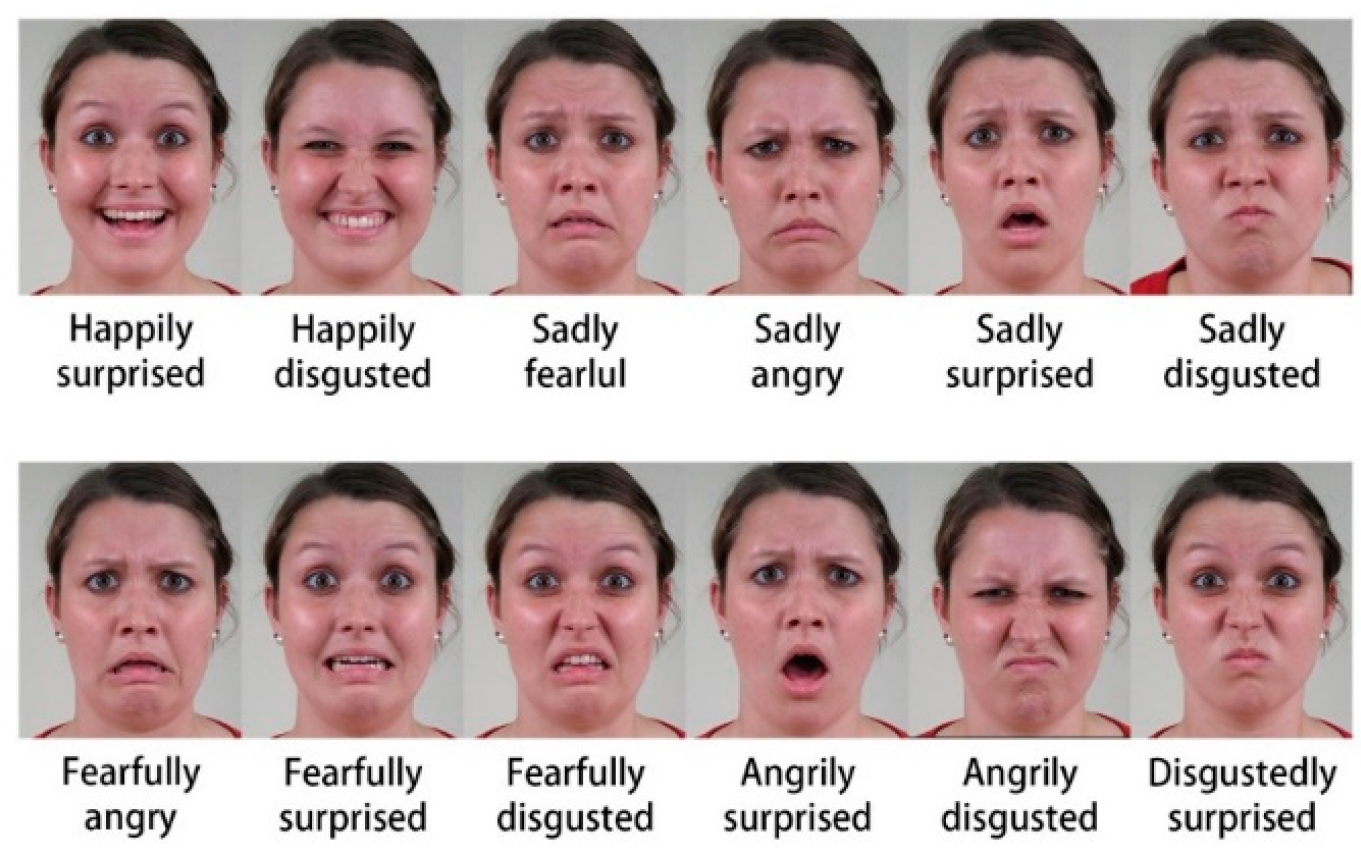

The proposed algorithm determines if a ME has occurred at a certain time moment, while the recognition process establishes the type of the micro-expression. The proposed algorithm is envisioned to be integrated into a computer-aided emotion analysis system: the detection module determines the frames in the video sequence where the emotion appeared and the psychologist analyzes these frames in order to recognize (a more nuanced) emotion. In fact, in their first study, Haggard and Issacs stated that micro-expressions cannot be perceived with the naked eye.

To solve this problem, Eckman suggests using trained actors in Stanislavski acting technique : in which emotion expression is generated based on actor’s conscious thought and past experiences.įinally, due to micro-expression’s short duration and low amplitude, human often fail to perceive them. However, using this methodology, the subjects are often impacted by the research technology and pure emotions are not produced, only blended emotions. All the micro-expression data available to this day are captured in (highly) controlled environments: the subjects are asked to watch video sequences with high emotional valence, without moving their head and try to suppress the expression of any emotion. Parrot emotion taxonomy identified more than 100 emotions and classified them into a tree-based structure (primary, secondary, and tertiary emotion levels).Īnother problem related to micro-expression recognition is the elicitation of emotion. In practice, more complex emotion classification schemes are used, such as Plutchik’s Wheel of Emotions or Parrot’s classification scheme.

However, recently, the idea of emotion universality has received much criticism. Eckman proposed a taxonomy with six universal emotions: anger, disgust, fear, happiness, sadness,and surprise. However, in real world applications, we argue that ME detection is more valuable than the recognition process.įirst of all, the emotion recognition is a complex and fluid problem and psychologists still have not reached a consensus on a taxonomy of emotions and the way they are represented on the face. Although numerous works tackled the problem of micro-expression recognition, micro-expression detection has only been addressed recently. In this chapter, we propose a fast and robust micro-expression detection framework based solely on the movement magnitudes that appear on certain regions of the face. Therefore, high-speed cameras and accurate motion and tracking algorithms are required in the analysis of ME. Finally, MEs are very fast movements and are visible only for a limited number of frames. As a result, some ME databases classify the expressions only into three categories: positive, negative, and surprise. Another difficulty is related to data labeling, as this is a time-consuming and subjective process. However, several ME databases are available, but they only contain video sequences captured in controlled scenarios. First of all, as MEs are involuntary, data are very hard to gather. Besides the difficulties posed by facial expression detection and recognition in general, micro-expressions bring several other challenges. Recently, the automatic analysis of ME has received the attention of researchers in the computer vision field. There are three key moments in the elicitation of a ME: onset (the moment when the ME starts), apex (the moment of maximum amplitude) and offset (the moment when it fades out). A micro-expression can be defined by its time evolution, its amplitude, and its symmetry. MEs are short facial expressions (with a duration between 1/5 and 1/25 of a second) that usually occur when people try to hide their feelings (either consciously or unconsciously). As an example, in the United States, within the SPOT program, airport employees are trained in ME recognition in order to detect the passengers with suspicious behavior. Nowadays, automatic expression and micro-expression analysis have a strong impact on a variety of applications. Eckman defined various facial cues that can be used for deceit detection: micro-expressions, squelched expressions, and facial asymmetries and various parameters related to the dynamics of the expression. Micro-expressions (ME) were discovered by Paul Eckman and his colleagues in the early 1970s while analyzing facial expressions in order to recognize concealed emotions. In the last years, a new research field has drawn the attention of computer vision researchers: micro-expression analysis. Automatic facial expression analysis has been extensively studied in the last decades, as it has applications in various multidisciplinary domains, ranging from behavioral psychology, human-computer interaction, deceit detection, just to name a few.


 0 kommentar(er)
0 kommentar(er)
